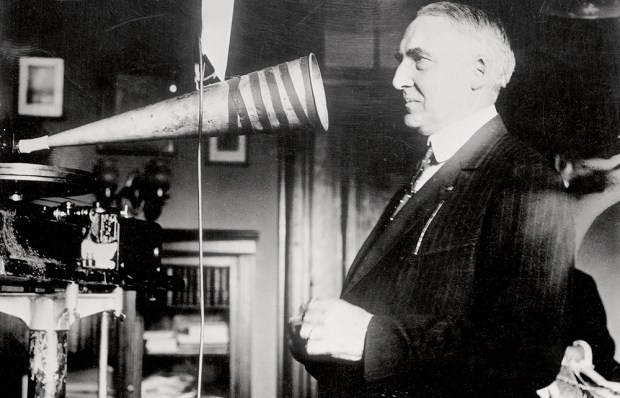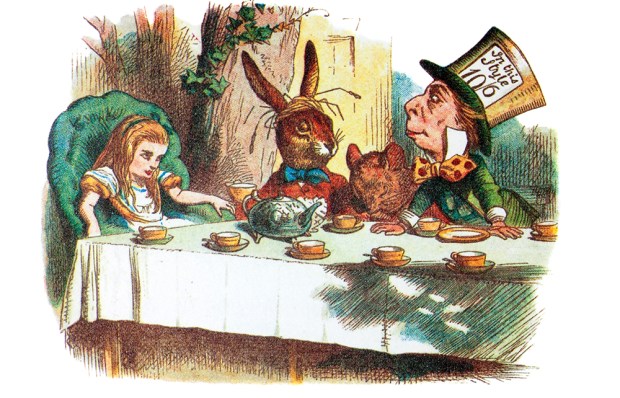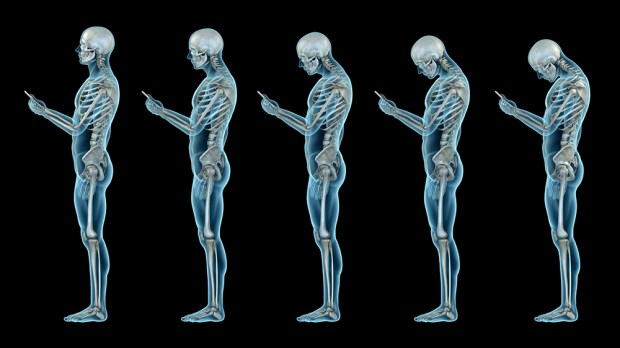QAnon, the conspiracy theorist’s conspiracy theory, teaches that President Donald Trump is in secret warfare with a worldwide network of paedophiles. As an explanatory model it reminds me of the voices that Gilbert Pinfold hears in Evelyn Waugh’s novel bravely describing his own delusions brought on by too much chloral and crème de menthe.
In the QAnon dark world, kidnapped children are, I think, made use of to produce a psychotropic drug and elixir of immortality called adrenochrome. They are no doubt tortured and killed in the process. QAnon did not invent adrenochrome. Aldous Huxley mentions it in The Doors of Perception (1954), which largely explores his experience of mescaline. The book’s title came from William Blake’s The Marriage of Heaven and Hell, in which old Billy says: ‘If the doors of perception were cleansed, every thing would appear to man as it is, Infinite.’ Perhaps so, but mashed cactus doesn’t really provide spiritual Windolene. In passing, Huxley wrote: ‘Adrenochrome, which is a product of the decomposition of adrenalin, can produce many of the symptoms observed in mescalin intoxication.’ I don’t think this is true, apart from the bit about the decomposition of adrenalin. Next stop was Fear and Loathing in Las Vegas (1972). In the film (1998) of Hunter S. Thompson’s book, Benicio del Toro, playing Dr Gonzo, says of adrenochrome: ‘There’s only one source for this stuff … the adrenaline glands from a living human body.’ That is certainly not true. My husband explained it to me. You just have to oxidise adrenaline.
The OED’s first citation, from 1909, calls it ‘a sulphur compound of the suprarenal gland which is exploited as an internal remedy for the treatment of skin diseases’.
What surprised me was to find adrenochrome in the Lewis detective dramas in 2007. ‘A hedonistic group that aspired to the principles of Dionysus once killed in an attempt to experience the ultimate drug: Adrenochrome,’ says a plot summary. I suppose all this is fair play. Fiction may rely on a mechanism, like H.G. Wells’s literal Time Machine, disbelief in which is suspended. It’s just a pity that people think their children have been kidnapped and killed for a completely impossible reason.
Got something to add? Join the discussion and comment below.
Get 10 issues for just $10
Subscribe to The Spectator Australia today for the next 10 magazine issues, plus full online access, for just $10.
You might disagree with half of it, but you’ll enjoy reading all of it. Try your first month for free, then just $2 a week for the remainder of your first year.















Comments
Don't miss out
Join the conversation with other Spectator Australia readers. Subscribe to leave a comment.
SUBSCRIBEAlready a subscriber? Log in